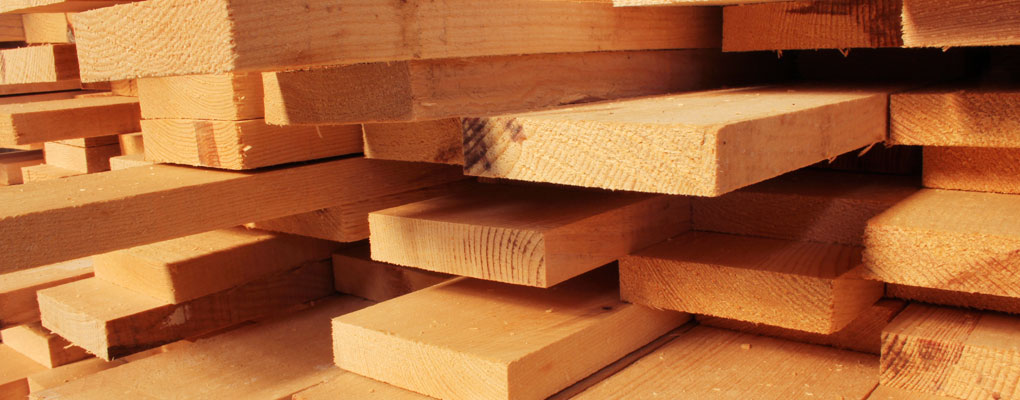
Lumber Size Categories
This blog is the second in a series of articles intended to provide information about softwood lumber, including grade-marking, design properties, testing, and continued monitoring of the lumber resource.
American Softwood Lumber Standard
There are several ways to classify lumber which are spelled out in the American Softwood Lumber Standard – Voluntary Product Standard PS 20-15. This standard is published by the National Institute of Standards and Technology (NIST) which is under the US Department of Commerce. The most recent version of PS 20 was approved and published in 2015. This American Softwood Lumber Standard was developed by the American Lumber Standard Committee (ALSC). From the abstract of PS 20: “This standard established standard sizes and requirements for development and coordination of the lumber grades of the various species, the assignment of design values when called for, and the preparation of grading rules applicable to each species. … It establishes principal trade classifications and lumber sizes for yard, structural, factory and shop use and provides for the classification, measurement, grade marking of rough and dressed sizes of lumber items.”
According to this standard, ALS program lumber shall be classified according to the use, extent of manufacture and nominal size. The following table summarizes the use and size classifications.
| American Lumber Standard (ALS) Program Lumber | ||
|---|---|---|
| Use Classification | ||
| Yard Lumber | Structural Lumber | Factory and Shop Lumber |
| “ordinary construction and building purposes” | “for use where design values are required” | “produced…for remanufacturing purposes and intended for non-structural applications” |
| Size Classification | ||
| Boards | Dimension | Timbers |
| < 2″ nominal thickness ≥ 2″ nominal width |
≥ 2″ nominal thickness < 5″ nominal thickness ≥ 2″ nominal width Also designated as framing, joists, planks, rafters, or studs |
≥ 5″ nominal in least dimension Also designated as beams, stringers, posts, caps, sills, girders, or purlins |
Note that lumber from any of the use classifications could be produced in any of the size classifications.
When classified by the “extent of manufacture”, descriptions range from “rough”, “saw-sized”, “sized”, “dressed (surfaced)”, “worked”, “matched”, “shiplapped”, and “patterned”.
The nominal size of lumber is not the same as the actual size of the lumber. A particular board may be referred to as 1×8, but the actual dry dimensions at the time of manufacture are ¾” x 7-1/4”. Likewise, a piece of dimension lumber may be referred to as a 2×6, but the actual dry dimensions at the time of manufacture are 1-1/2” x 5-1/2”. Product Standard 20 gives nominal and minimum-dressed sizes for all classifications of lumber addressed by the American Lumber Standard.
Because the three ways to classify lumber (by use, size, and extent of manufacture) can overlap, sometimes discussing lumber sizes and categories can be confusing. I hope this article has made these distinctions and overlaps clearer.

